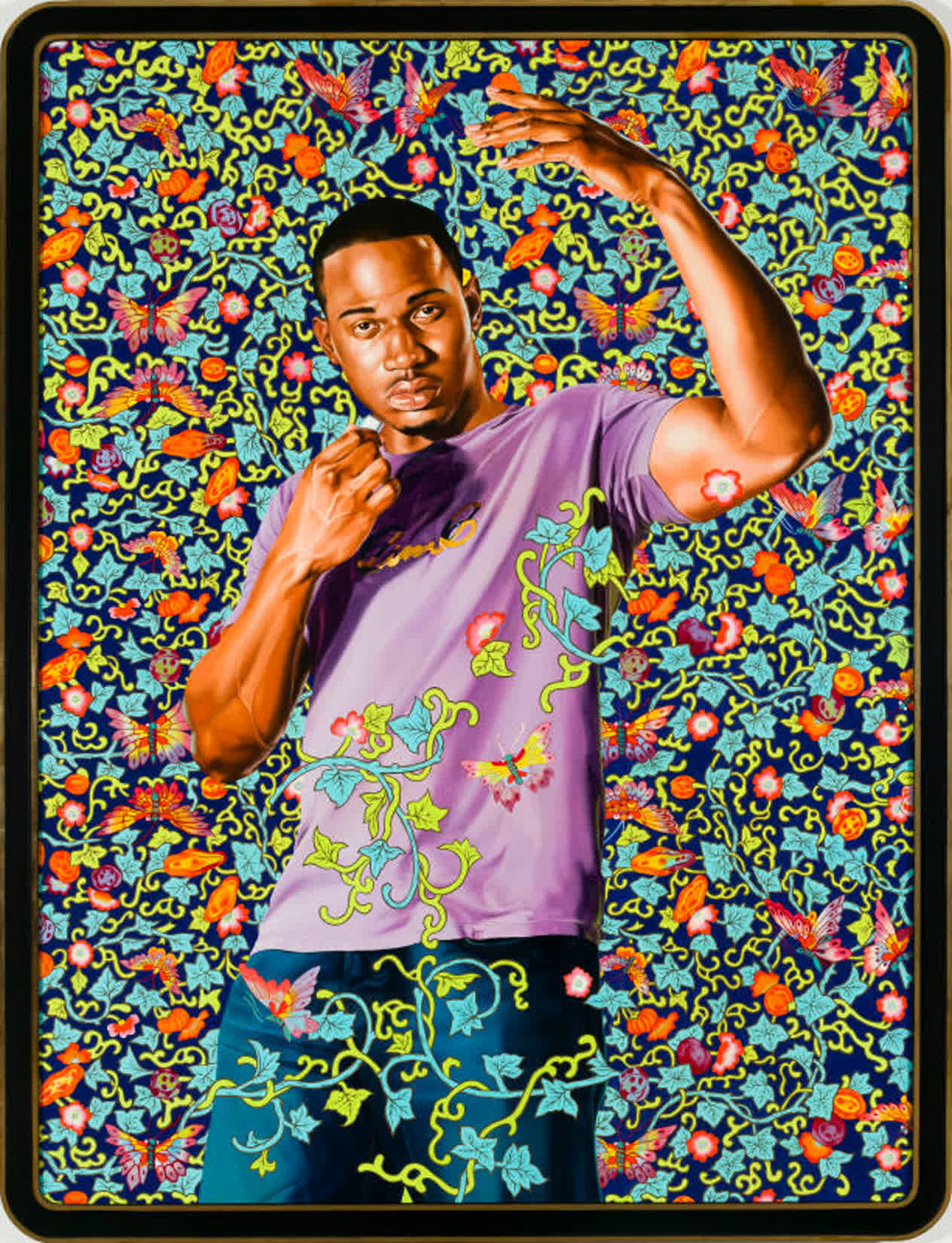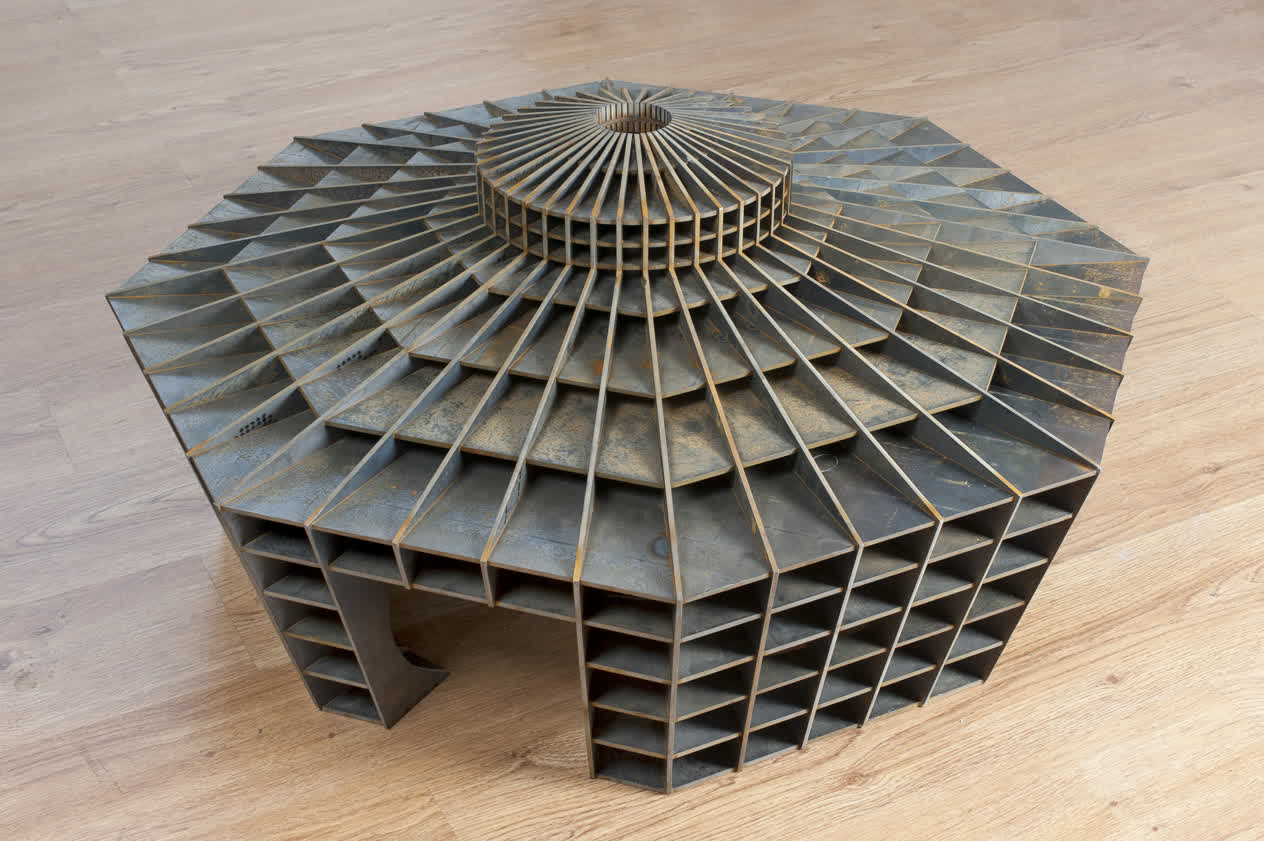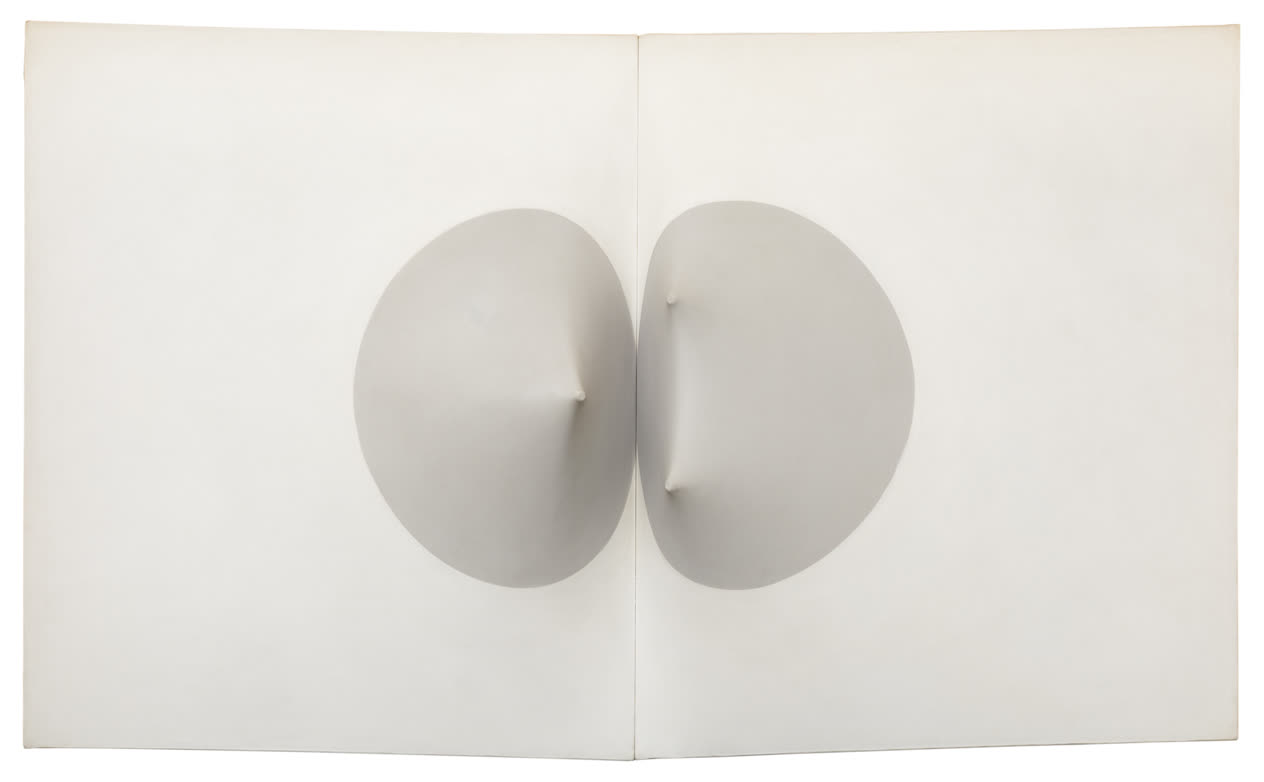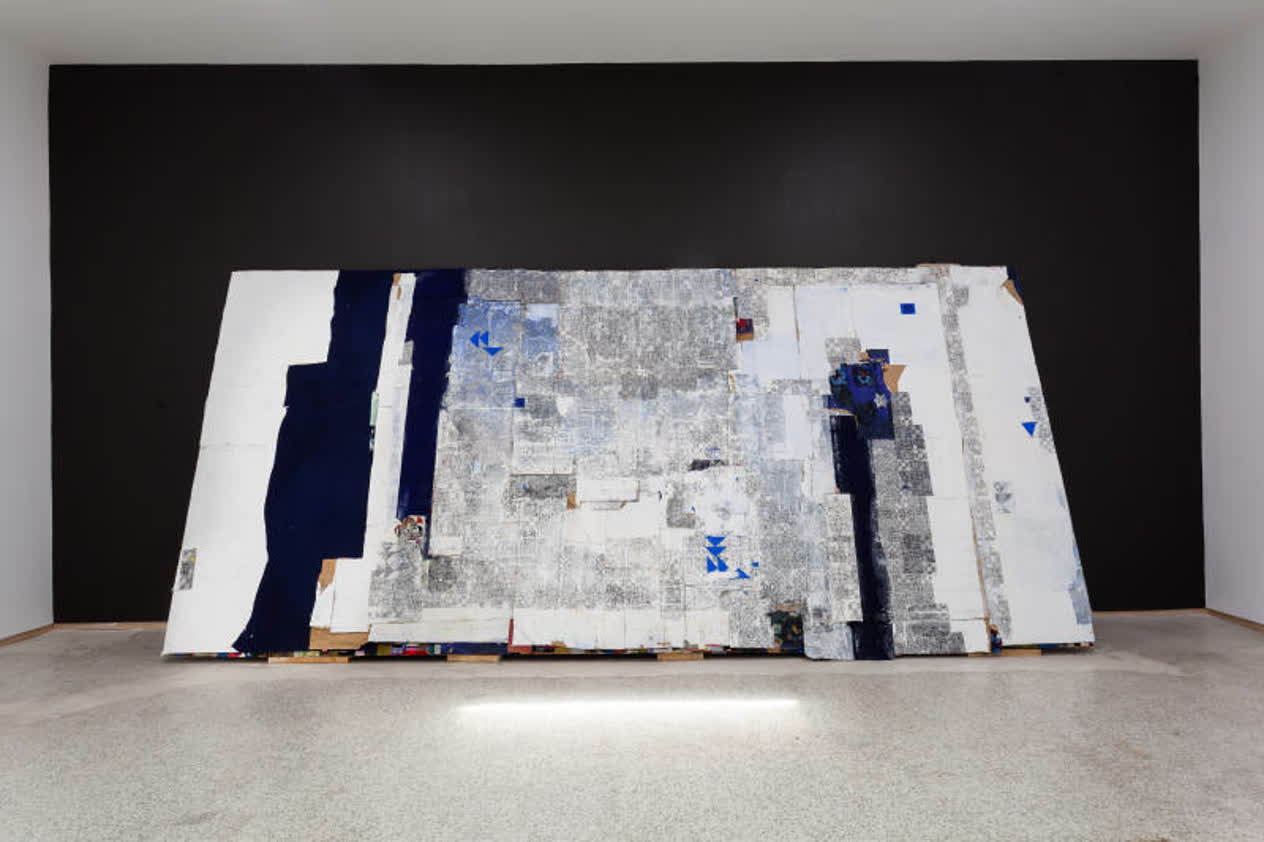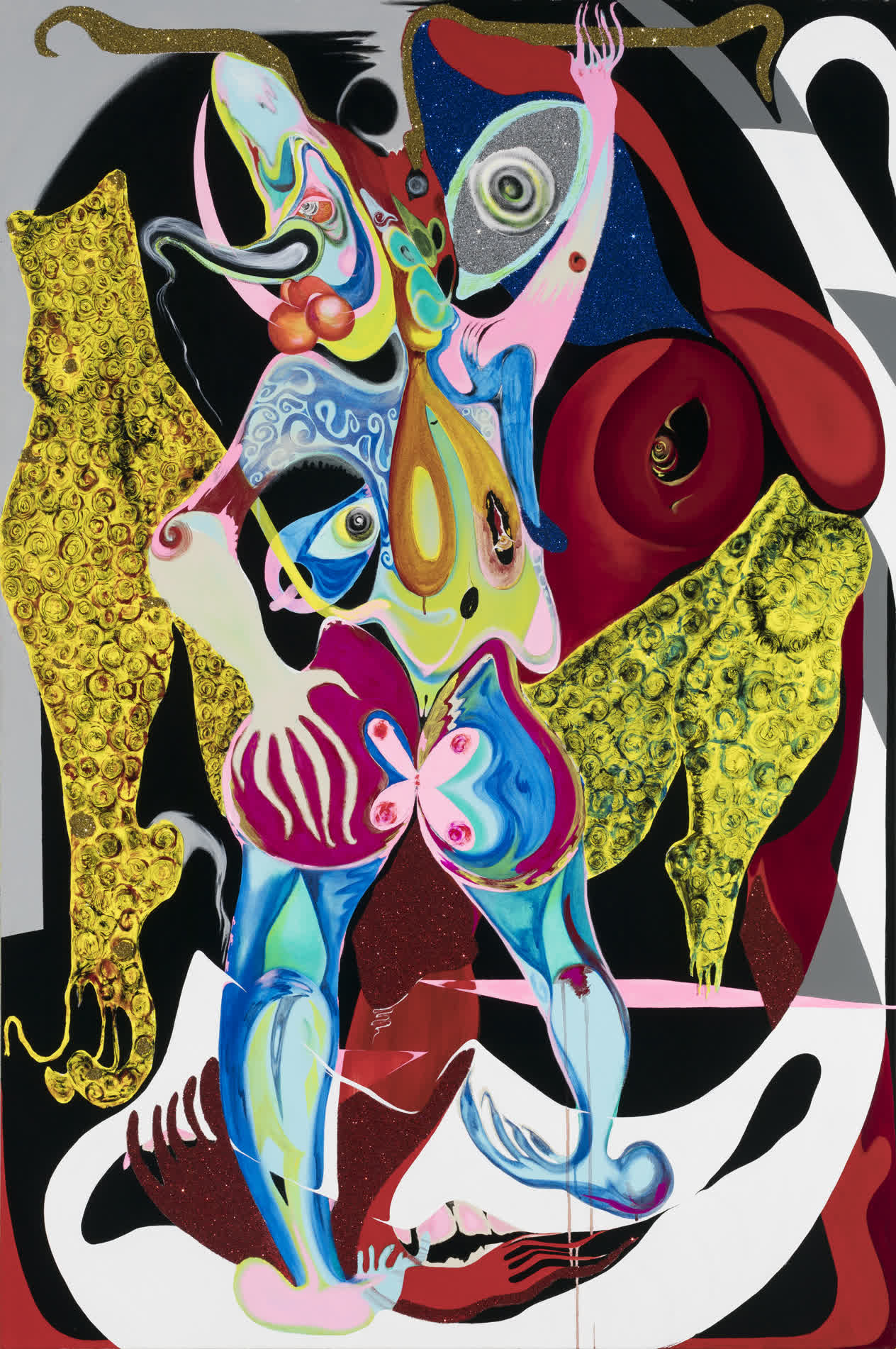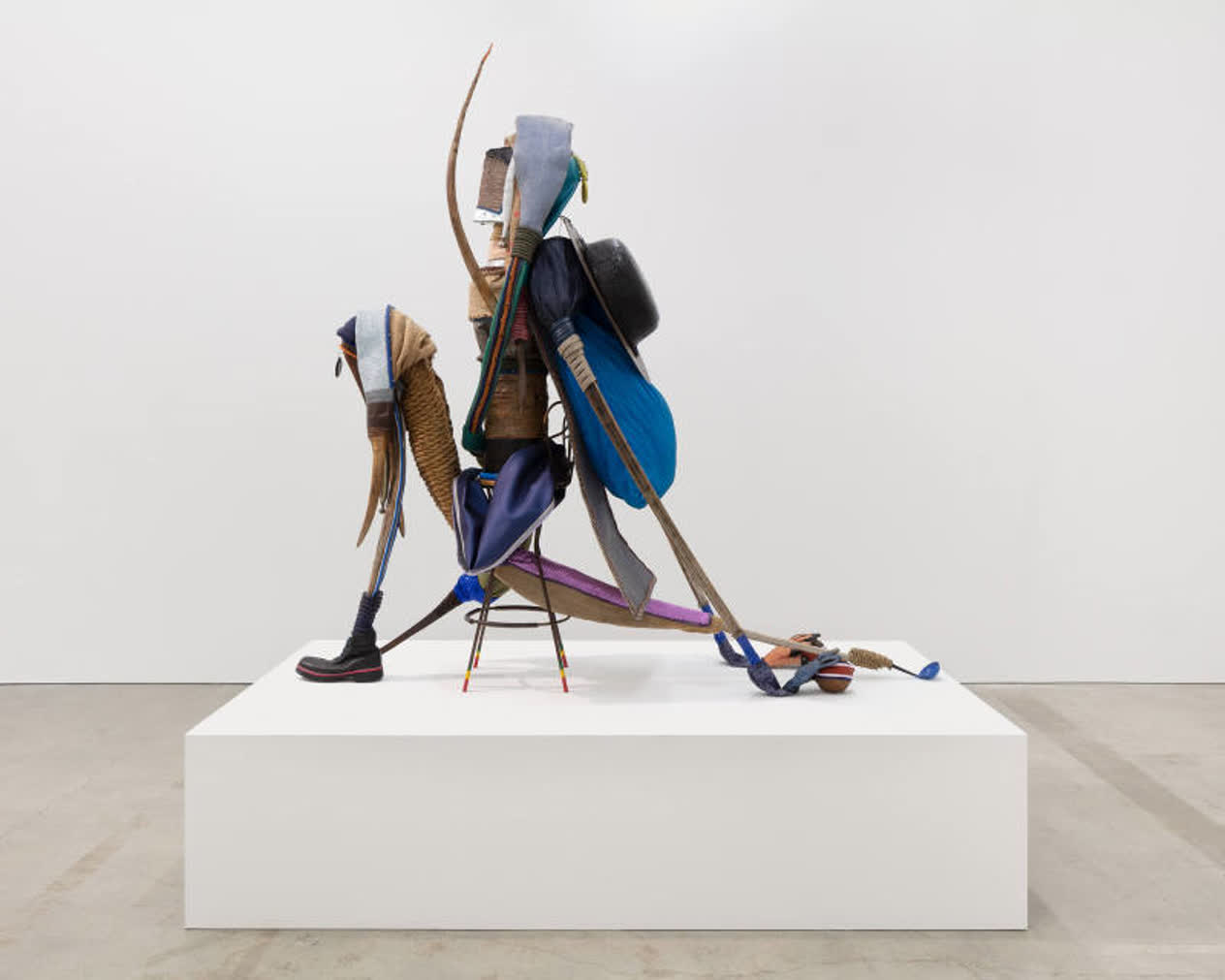Lorraine O’Grady Art Is . . . 1983/2009
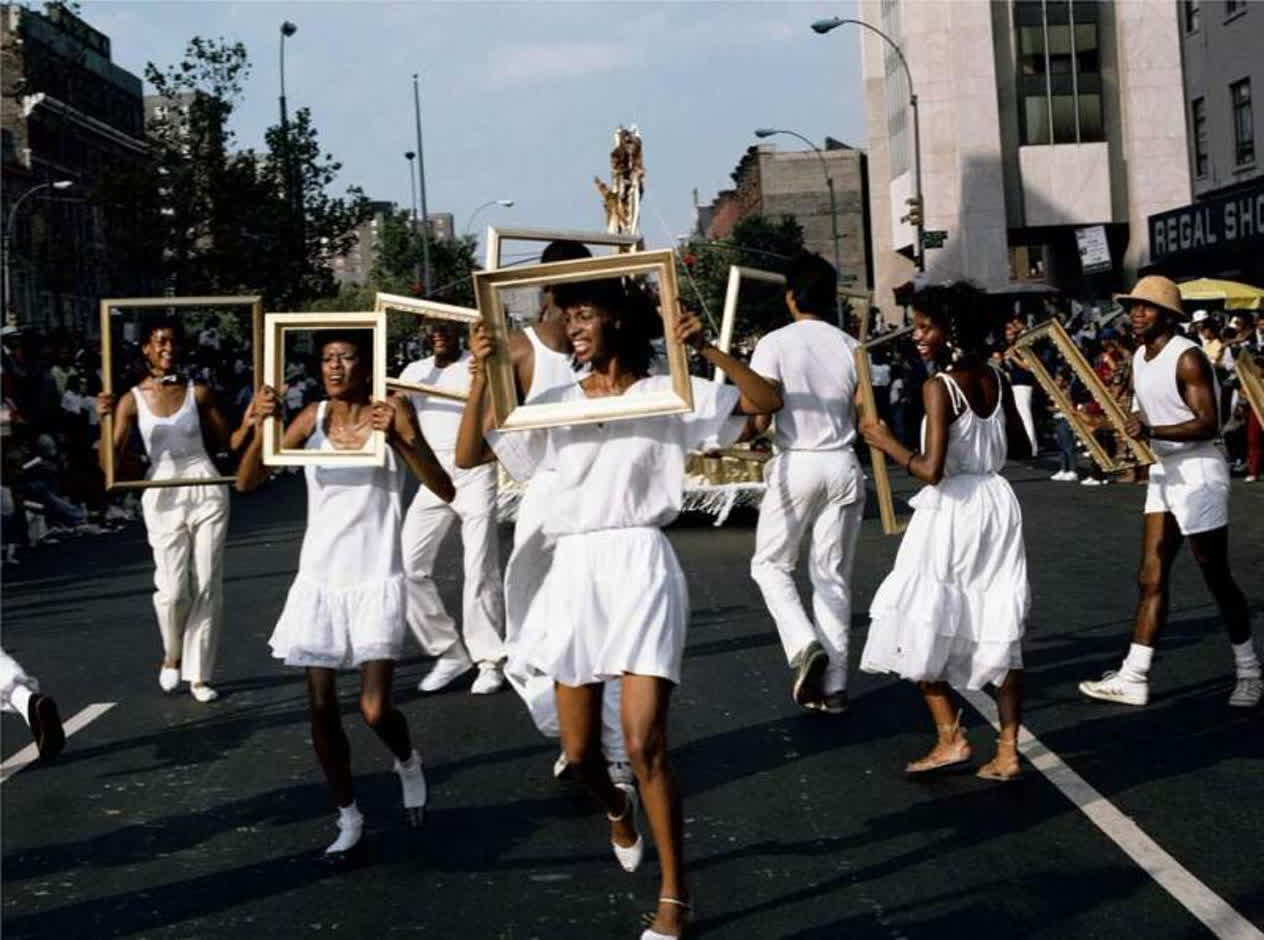
© 2022 Lorraine O’Grady / Artists Rights Society (ARS), New York

Over the course of more than 40 years, Lorraine O’Grady has worked across mediums to create conceptual projects that interrogate issues of identity, class, gender, and social structure. Art Is . . . was inspired by a remark made by one of O’Grady’s acquaintances that avant-garde art doesn’t have anything to do with black people. Struck by this statement of profound exclusion, O’Grady responded by creating an avant-garde work at one of the largest gatherings of the Black community in New York—the African American Day Parade that takes place each year in Harlem. For the 1983 parade, O’Grady created a float topped with a massive gilt frame that captured everything as it passed by—turning the everyday into art. O’Grady and 15 collaborators dressed in white engaged the crowd with smaller frames, allowing parade-goers to stand in the frames and in this way become avant-garde art themselves. The documentary images taken by bystanders at the performance capture the joyful, spontaneous tone of this participatory work, while suggesting the sociopolitical importance of art and inclusion.
Identification
Title
Art Is . . .
Production Date
1983/2009
Object Number
2015.89a-an
Credit Line
Collection Pérez Art Museum Miami, museum purchase with funds provided by Jorge M. Pérez, the John S. and James L. Knight Foundation, and PAMM Ambassadors for Black Art
Copyright
© 2022 Lorraine O’Grady / Artists Rights Society (ARS), New York
https://www.pamm.org/en/artwork/2015.89a-an
Copy artwork link
Physical Qualities
Medium
Chromogenic prints
Dimensions
39 sheets, each: 16 x 20 inches
1 sheet: 20 x 16 inches
Visual Description
Art Is… by Lorraine O’Grady, is a series of forty color photographs. Each photograph measures sixteen inches by twenty inches, meaning each is slightly larger than two regular sheets of paper placed side by side. They all are mounted in white wooden frames that measure twenty-two by twenty-seven inches, with a thick white mat of several inches surrounding each the images. Of the forty total photographs, thirty-nine are in landscape orientation, and one is in a portrait style. The landscape pictures are arranged in three long, stacked rows of thirteen images. The white frames are hung in a tight and neat arrangement of straight rows and columns, with only several inches separating their edges. This large composition requires a wall at least forty feet in width to display such a large collection of photographs. The lone portrait orientation picture is visible to the immediate right of the tight grid of the thirty-nine white picture frames.
The entire collection of color photographs documents a performance by the artist Lorraine O’Grady, done in September 1983. Contained in the white frames are scenes of the African-American Day Parade, held along Adam Clayton Powell Boulevard, in Harlem, New York City. The various scenes of the parade unfold in the framed photographs. Visible are the multistory brick apartment buildings that line Lenox Avenue. Storefronts, laundromats and bars all advertise their locations with a variety of colorful signs. The parade goers line the route along the wide street, behind blue wooden police barricades. The crowds are mostly the Black inhabitants of Harlem, people of all ages. In some of the photographs, white policemen are visible along the parade route. The crowds show smiling faces of joy and happiness as they observe the floats pass by. The police are generally stern, but in some photographs, individual officers pose and smile with the parade viewers. In all of the photographs, there are various scenes of Lorraine O’Grady’s performance.
For this performance, O’Grady crafted an enormous gilded frame, much like the ones seen bordering famous artworks, but on a massive scale. The frame takes up the entirety of the float, and is purposely left empty. In many of the photographs, the large gold frame surrounds the street scenes of Harlem, turning the neighborhood into a massive work of art. Surrounding the float is O’Grady and a dozen or so other performers, all dressed in white. The majority of the photographs see these performers interacting with Harlem’s residents, holding up empty golden frames around their faces. The photographs all capture this intimate interaction, as the Black civilians and White police officers alternatively pose and smile inside the gilded frames.
The one portrait-oriented photograph frames a young woman watching the parade. She is smiling is pointing with her left hand directly back at the camera, and thus, the viewer.






